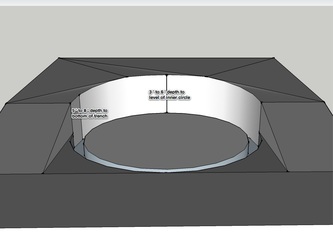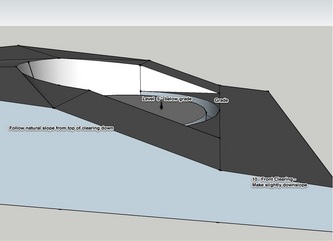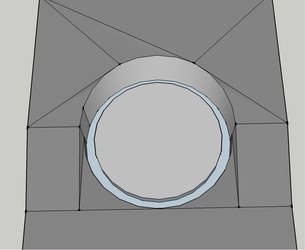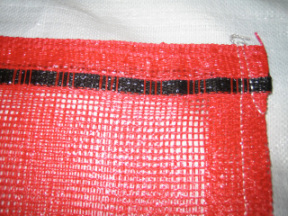So we got our estimation back from the first excavation company and unfortunately they quadrupled our projections. I won't post their name but I found their prices beyond reason. The following is what we had required:
As I previously wrote the land is rather sloped and that accounts for some of the cost. Also the delivery of that large an amount of soil and stone requires arrangements to be made for the large trucks to move onto the property. Still the cost of those materials was outrageous. Quality soil is generally around $20 - $30 a yard. Their cost was around $70. Stone is somewhere around $40 a yard around here. Their price was close to $122! We did not deal with this company on burying the rear of the cabin in the slope since this initial estimate came back so high.
Unfortunately this highlights the cost of doing business in remote areas. There are less qualified companies available for labor and the delivery of common building materials can be expensive or impossible. We have another private contractor to get an estimate from on May 7th. We'll see what happens but since he is an individual rather than a company I expect a much cheaper quote. Also we are going to contract the soil and stone separately from the excavation. I post those results.
- Clear and level a 50' x 50' area (tearing up stumps and moving to the side of the property)
- Dig a 2' wide x 2' deep foundation trench in a 100' circumference circle
- Put in a 10' x 20' gravel driveway.
- Deliver 40 cubic yards of compactable soil and 18 cubic yards of stone.
As I previously wrote the land is rather sloped and that accounts for some of the cost. Also the delivery of that large an amount of soil and stone requires arrangements to be made for the large trucks to move onto the property. Still the cost of those materials was outrageous. Quality soil is generally around $20 - $30 a yard. Their cost was around $70. Stone is somewhere around $40 a yard around here. Their price was close to $122! We did not deal with this company on burying the rear of the cabin in the slope since this initial estimate came back so high.
Unfortunately this highlights the cost of doing business in remote areas. There are less qualified companies available for labor and the delivery of common building materials can be expensive or impossible. We have another private contractor to get an estimate from on May 7th. We'll see what happens but since he is an individual rather than a company I expect a much cheaper quote. Also we are going to contract the soil and stone separately from the excavation. I post those results.





 RSS Feed
RSS Feed